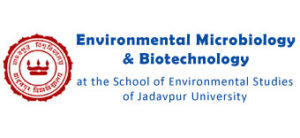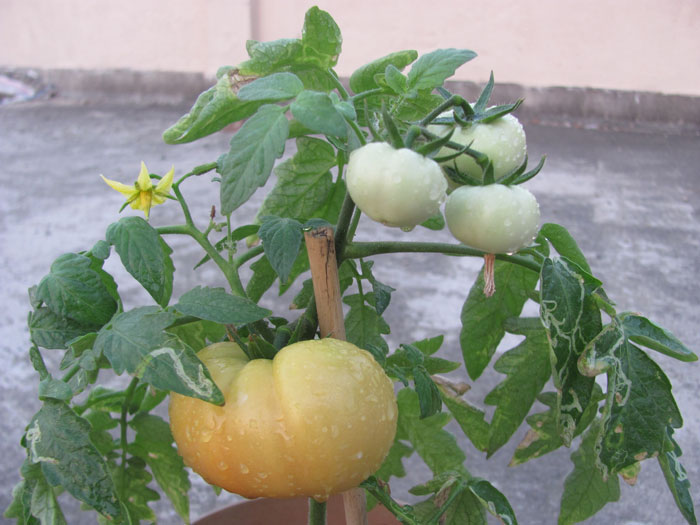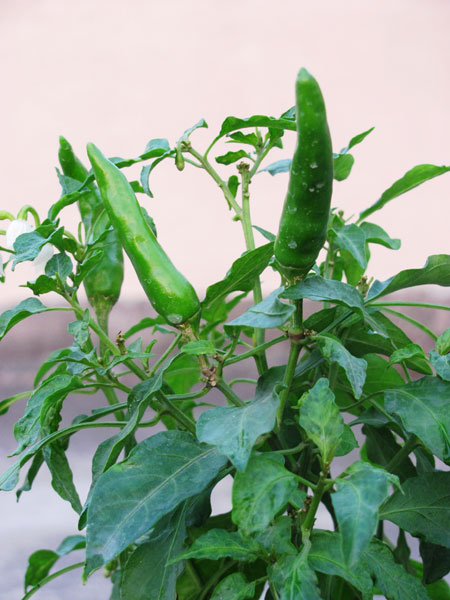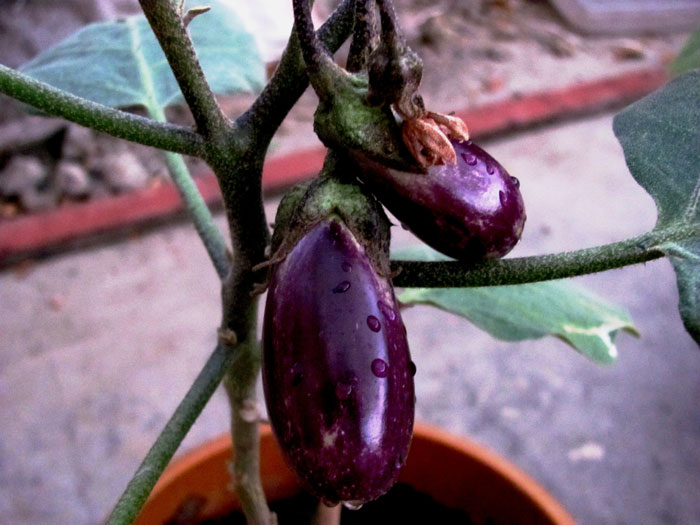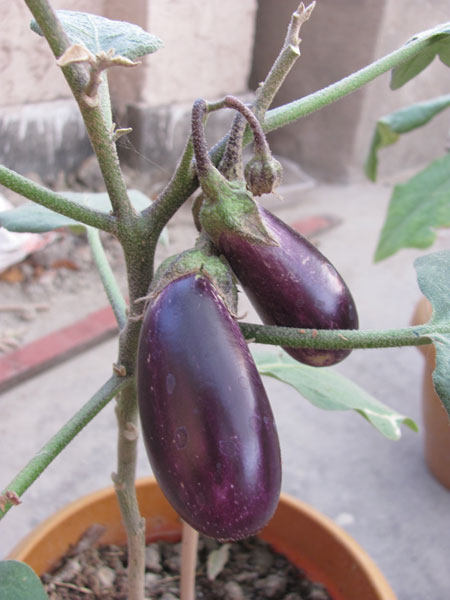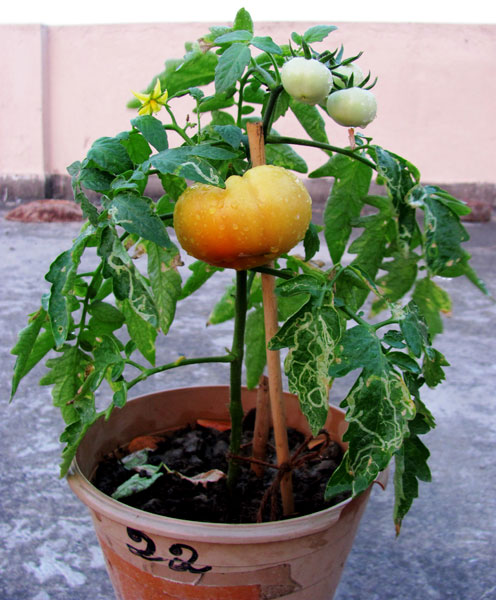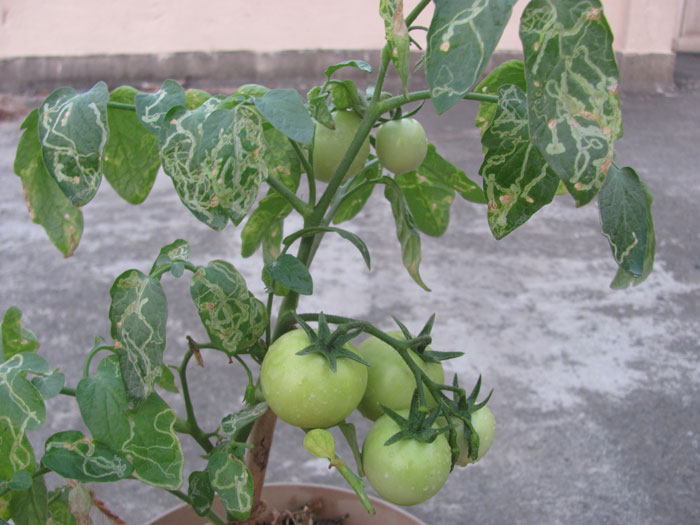Bioprocessing of slaughter house waste

The Ministry of Food Processing, Government of India reports that a total of 3616 recognized slaughter houses butcher over 2.0 million cattle and buffaloes, the products mostly being used for domestic consumption and exports. Eight to ten bovines are slaughtered on a daily average. A large number of these slaughter houses maintain poor standards of hygiene and sanitation. The industry does not meet the standards for discharge of effluents as laid down and notified under the Environment Protection Act, 1986. Lack of electricity and water supply in rural abattoirs in developing nations prevent adoption of waste-processing technologies practiced in economically advanced countries. This research attempts to recycle waste blood and rumen digesta generated in rural slaughterhouses as organic fertilizer, thus promoting sustainable agriculture. The values of BOD5 , COD, total Kjeldahl nitrogen, concentrations of oil, grease, total suspended solids, total solids and total phosphorus characterized blood and rumen digesta as highly polluting wastes. Waste blood and rumen digesta were mixed in 1:1, 2:1 and 3:1 ratios and dried to obtain “bovine-blood-rumen-digesta-mixture” (BBRDM). The efficacy of the organic fertilizer was compared with diammonium phosphate (DAP) in pot cultivation of tomato, chili and brinjal. Five grams BBRDM (NPK 30.36:1:5.75)/kg of soil applied at the second and sixth weeks produced earlier fruiting by two weeks and yields (in terms of total fruit weight) higher by 130 % for tomato, by 259 % for chili and by 273 % for brinjal in BBRDM (3:1)-cultivated plants compared to DAP. BBRDM applied soils showed higher C, N, P concentrations than DAP. High nitrogen containing BBRDM mineralized rapidly and nitrogen and phosphorus were available within six days of drying. Although high nitrogen concentration caused toxicity when applied at the time of planting to young plants, BBRDM enhanced yield and productivity when applied to mature plants after fifteen days of plantation. Higher numbers of Azotobacter, phosphate solubilizing bacteria, fungi and amount of chlorophyll were isolated from soils treated with BBRDM than with DAP. Carbohydrate, protein and fat contents of the vegetables were comparable to DAP-grown vegetables. Highly polluting abattoir wastes could be gainfully utilized, promoting a healthy environment around rural slaughterhouses. Application of BBRDM to crops of marginal returns is an attractive proposal.
BBRDM was applied for field cultivation of tomato (Lycopersicon esculentumL., local variety ‘Patharkuchi’) in West Bengal state (India) during 2012–13 and 2013–14. We compared tomato yields obtained with BBRDM (N:P2O5:K2O 30.36:1:5.75) and conventional inorganic fertilizers [diammonium phosphate (DAP), N:P2O5:K2O 18:46:0 + potash, N:P2O5:K2O 0:0:44]. BBRDM was applied at a higher rate compared with DAP + potash to meet the farmers’ desire for enhanced yields. 75 kg ha−1 was applied at the 2nd week while 150 kg ha−1 was applied at the 8th week after transplantation. Yields (total fruit weight) obtained from BBRDM-treated plants were higher in comparison with DAP + potash-fertilized plants by 46–48% as the former supplied 2.5 times more nitrogen (N) than the latter. The partial factor productivity of DAP + potash was 73–76% higher than BBRDM. Conversely, as BBRDM was produced through local entrepreneurship from slaughterhouse wastes, the cost of this organic product would be expected to be much lower than the commercial inorganic fertilizer. Furthermore, application of BBRDM negates the environmental cost of treating slaughterhouse effluent. Considering the same cost of applying 225 kg fertilizer ha−1, higher yield with BBRDM should result in greater potential revenue for the farmer compared with yields with DAP + potash. The C/N ratio of BBRDM is 4.8, having relatively high N content. Accordingly, rapid release of plant-available N was observed in BBRDM-fertilized soils. The temporal increase in soil NH4+may be attributed to lack of soil N immobilization. Local farmers are willing to accept the new fertilizer as a substitute for currently used chemical fertilizers.
Environmental and health safety of recycled slaughterhouse wastes-derived fertilizer (BBRDM) and the produce obtained were evaluated. 1.26 ± 0.18 log CFU mL−1 fecal coliforms were recovered in BBRDM. E. coli O157:H7, Mycobacteria, Clostridium sp., Salmonella sp., Bacillus sp. and Brucella sp. were absent. No re-growth of pathogens was observed after 60 days storage in sealed bags and in the open. However, prions and viruses were not evaluated. Heavy metals (Pb, Cr, Cd, Cu, Zn, As, Ni, Mn) concentrations in BBRDM were within internationally permissible limits. BBRDM was applied for field cultivation of tomato during 2012–2013 and 2013–2014. Lycopene and nitrate contents of BBRDM-grown tomatoes were higher than Diammonium phosphate (DAP) + potash-grown tomatoes because BBRDM supplied 2.5 times more the amount of nitrogen than DAP (NPK 18:46:0) + potash (NPK 0:0:44). Heavy metals and nitrate/nitrite concentrations in tomatoes were within internationally acceptable limits. BBRDM-grown tomatoes showed no mutagenic activity in the Ames test. Sub-acute toxicity tests on Wistar rats fed with BBRDM-grown tomatoes did not show adverse clinical picture. Thus, no immediate environmental or health risks associated with BBRDM and the tomatoes produced were identified.
